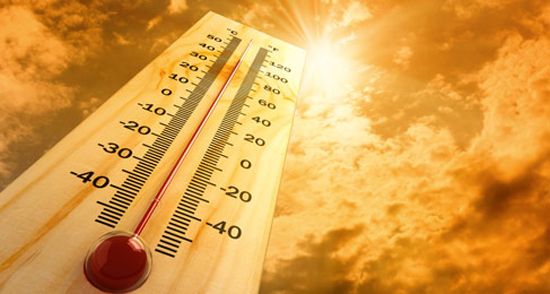 By Mark Chediak, Christopher Martin and Ken Wells | Bloomberg
By Mark Chediak, Christopher Martin and Ken Wells | Bloomberg
If you wonder why America’s utilities are rattled by the explosive growth in rooftop solar – – and are pushing back — William Walker has a story for you.
A flip-flop wearing Walker stands in his driveway pointing to a ubiquitous neighborhood feature – solar panels on the roofs of five of six houses nearby. He lives in Ewa Beach, a development on the sultry leeward coast of the Hawaiian island of Oahu built on land cleared of sugar cane fields.
Shade is scarce and residents here call their homes “hot boxes,” requiring almost round-the-clock air conditioning. Hawaii, which imports pricey oil to power its electricity grid, has the highest utility rates in the nation — at 37 cents a kilowatt-hour, they’re more than double California and triple the national average.
With bills for 1,600 square foot houses like these running as high as $400 a month, solar is seen as less a green statement than an economic no-brainer given state and federal tax credits for as much as 65 percent of installation costs. Almost every day since Walker and his wife Mi Chong moved in last April, solar installers came rapping on the door, hawking a rooftop system.
They finally bought one: an 18-panel, $35,000 installation producing 5.9 kilowatts of power financed for $305 a month. It would be connected to the grid under a system known as net metering that essentially lets residents deduct the value of their solar-produced electricity from their power bill and even be paid for electricity in excess of that.
Do your have a rooftop solar system? See comment box.
Also: DWP is moving ahead with plans for Owens Valley solar plant
Wind Power Developers Race Clock to Secure Subsidy
California Department Of Water Resources Issuing RFP For Renewable Energy
If you’d like to discuss energy issues, contact Court Rich, director of Rose Law Group’s Renewable Energy Department at crich@roselawgroup.com











